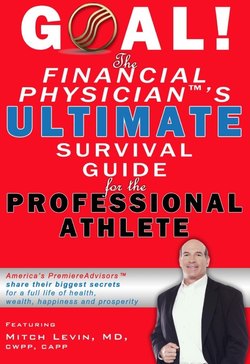Читать книгу GOAL! The Financial Physician's Ultimate Survival Guide for the Professional Athlete - Mitch Ph.D. Levin - Страница 12
На сайте Литреса книга снята с продажи.
Corporate Entities
ОглавлениеMost people think that great asset protection comes through the use of “corporations.” What most people do not realize is that there are different types of corporations and limited liability companies; and depending on which entity you chose, your asset protection and tax consequences could be different.
Sole Proprietorships. Sole proprietorships are the second worst way to own or run a business, behind a partnership.
Basically, a sole proprietorship exists when an individual operates a business without filing to have that business recognized as a legal corporate entity (like an S- or C-Corp or a limited liability company or professional company).
With a sole proprietorship, there are no barriers between the business done and the individual running/owning the business. Why is this bad? If a sole proprietor, acting on behalf of his business, commits negligence in his duties for the business that causes injury to a third person, the sole proprietor is personally liable for any and all injuries to that third person.
If the business puts out a product and the product malfunctions, thereby causing injury to some third party, the sole proprietor is personally liable for that injury. If an employee of the business harms a third person when acting within the scope of his/her employment, the sole proprietor is personally liable for the injury. If someone is harmed on the business premises (say for a slip and fall injury), the sole proprietor is personally liable for the injury.
When a sole proprietor is personally liable for any of the above examples, all of the sole proprietor’s personal and business assets are subject to claims by the creditors (the people who sue the sole proprietor’s business).
